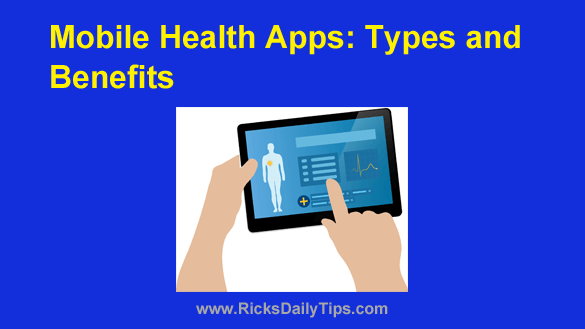 A Roman writer once described good health and good sense as two of life’s greatest blessings. Indeed, people are willing to invest money to keep themselves fit and in good health.
A Roman writer once described good health and good sense as two of life’s greatest blessings. Indeed, people are willing to invest money to keep themselves fit and in good health.
For their part, health care providers are doing their best to help customers meet their health needs by adopting the latest digital technology.
Medical app development is emerging as one of the promising trends in the healthcare market. And here’s why:
● The number of chronic patients increases every year.
● There is a growth in technology.
● More and more information about the diseases is emerging.
● The patient turns into a customer and the health care system turns to him or her in this way, using all new approaches in service.
● Competition becomes the main driver of innovation.
● The cost of medical services goes up.
● The amount of time people spend on their smartphones is increasing rapidly.
● smartphone users are very comfortable using gadgets to monitor their health.
The desire of end users to manage their health and gain insight into their fitness levels, on the one hand, and the need for health authorities to reduce costs through medical software development by professionals like Redwerk, on the other, also explain why health care providers are so eager to invest in medical app development.
What are mobile health apps?
There are two main categories of such applications: General Healthcare and Medical Applications
Shared health apps provide health services to smartphone and tablet owners. Depending on their functions, they can be divided into ten broad categories:
1 – Health and fitness apps
These products are designed for people who like to manage their lifestyle. They track steps, calories burned, active minutes and attract users to live an active and healthy life.
A case in point is Runtastics. This Austrian mobile fitness company was founded in 2009 and soon became one of the world leaders in health and fitness apps thanks to its active online community where users actively interact and compete.
In 2015, the company was acquired by Adidas for $240 million.
2 – Applications for chronic patients
Patients use these solutions to regularly monitor their vital signs (blood pressure, blood glucose levels) and specific symptoms and thus visit hospitals less frequently. These applications mainly make life easier for patients with mental illnesses, diabetics and hypertensive patients.
3 – Medication management applications
The patient downloads the program, enters the necessary information about the medication they are taking (dosage, frequency, timing), and sets reminders.
For example, Medisafe has developed a medical app that is perfectly synchronized with a smartwatch that sends push notifications to patients when it’s time to take their medications.
4 – Women’s health apps
Such digital solutions offer a wide range of services, from the ability to track a woman’s menstrual cycle to direct access to oral contraceptive prescriptions. These include pregnancy apps, mobile apps for breastfeeding, and other products that focus on keeping women healthy.
5 – Applications for storing personal health information and documents
Designed to store personal health information and documents on mobile devices, retrieve needed information on demand, and connect patients to their physician.
6 – Health Insurance Applications
They were designed for faster exchange of information between customers and insurance managers. Companies can sell more insurance services using these applications and make the service more user-friendly, thereby attracting more customers.
7 – Reference applications
Medical mobile directories allow physicians to keep up with the latest trends in the healthcare industry.
For example, the reference app Epocrate was developed by three Stanford Business School students in 1998 and acquired by Athena Health in 2013 for $293 million. The app is famous for its extensive database of medicines and various useful functions.
8 – Applications for medical education
In keeping with the principle of continuing medical education, such programs are designed for healthcare professionals who wish to advance in their field and earn a degree but have limited time.
9 – Applications for monitoring the patient’s health status
Offer health care providers better ways to monitor patient health and improve patient communication. Practitioners can remotely monitor heart rate, oxygen levels, and blood pressure.
10 – Communication and consultation applications
These programs are ideal tools for physicians to communicate and share their experiences.
Doxymity, launched in 2011, serves as a social network for U.S. clinicians, with thousands of physicians and their assistants, nurse practitioners, and pharmacists registered.
Through the app, clinicians can consult with any other specialist, exchange medical information, discuss patient care, and find the right doctor to refer a patient through a convenient text messaging system.
Conclusion
Medical app development requires considerable effort, dedication, and a lot of experience. However, all efforts will be rewarded, as the mobile medicine market is very promising. Such solutions have the potential to tangibly improve the quality of medical services and patient outcomes.
All you need to do is create a successful medical app. Whether you have a basic idea or an existing project and the desire to complete it, experienced developers will pave the way for success.